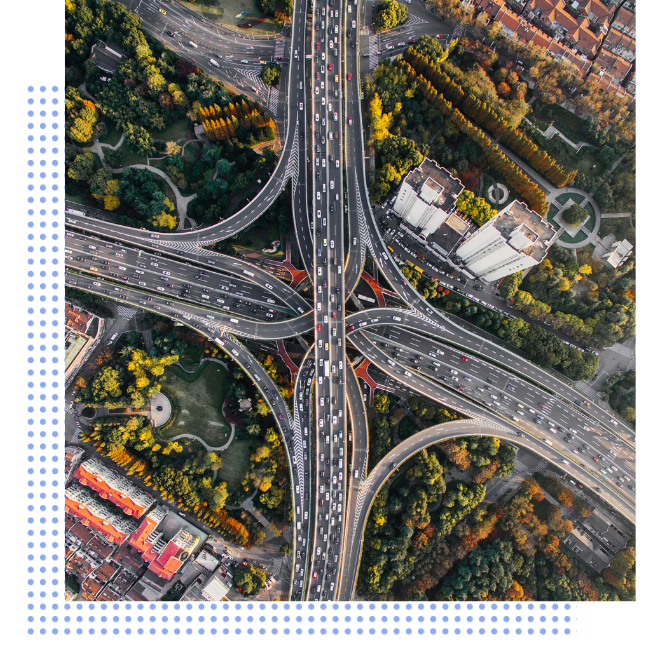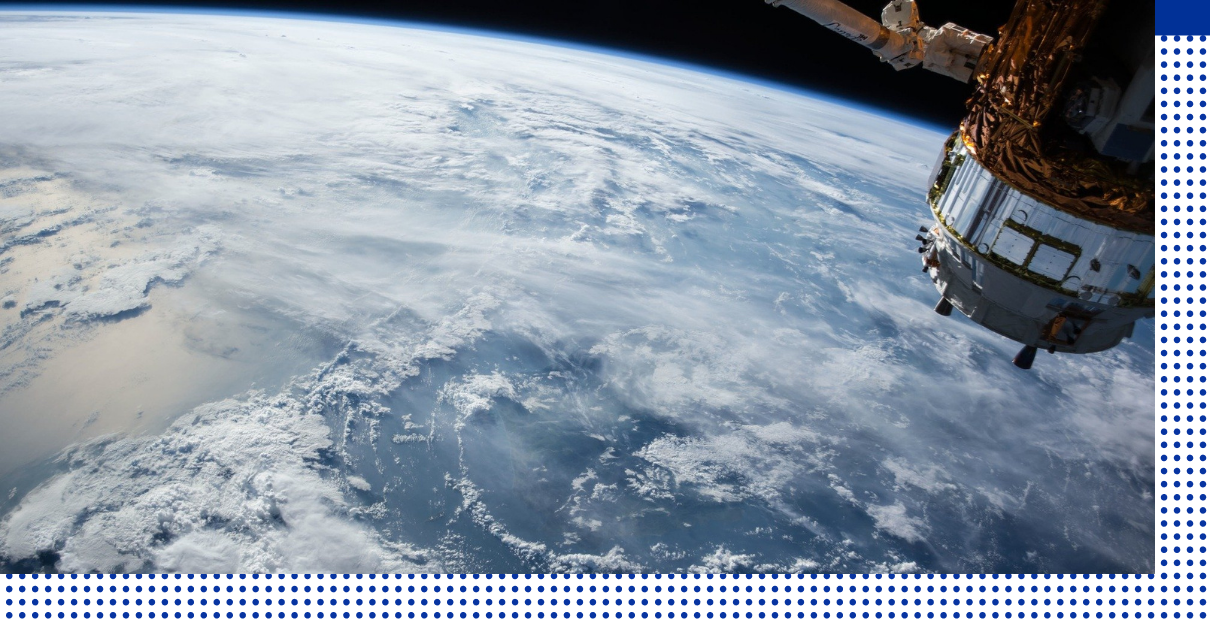Our mission
Our key innovation is an EGNSS-based data platform. Our innovative digital road wear map will generate routing recommendations in-lane and cross-lane based on
- Road damage locations
- Road damage type
- Recent repair interventions
- Prediction on temporal evolution of road damages depending on environmental and traffic conditions.

